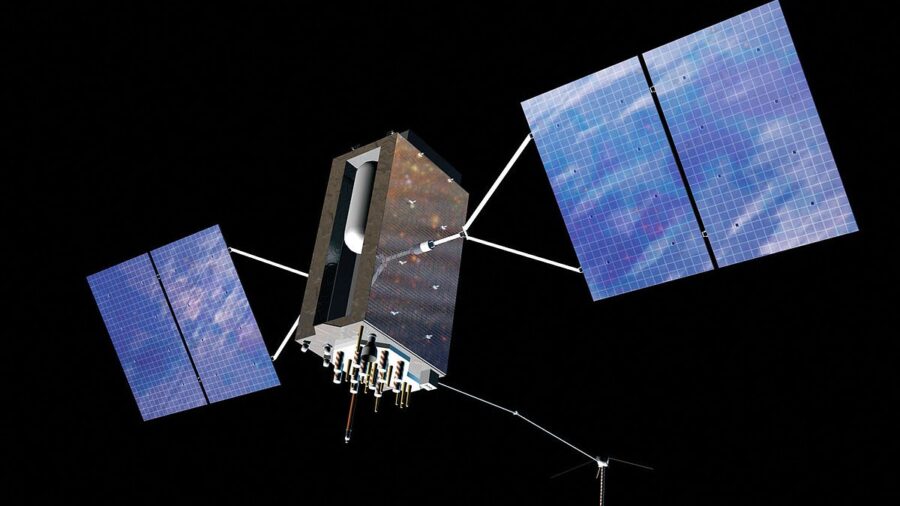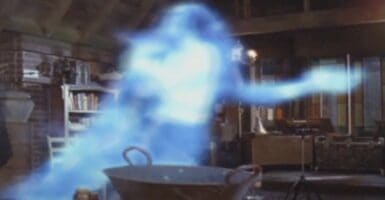Watch The Stunning Footage Of A Satellite Burning Up In Earth’s Atmosphere
The European Space Agency (ESA) has just released images of the re-entry of the Aeolus satellite, which was de-orbited in late July. The footage below, shared on X (formerly Twitter), shows the device burning up in Earth’s atmosphere.
The European Space Agency caught spectacular footage of the Aeolus satellite as it plummets, safely, back to Earth and burns way in the atmosphere.
This method of reentry has never before been attempted, but might be a solution to a growing problem in space. The Earth is orbited by countless bits of space junk, which can complicate and present potential hazards for both launches and re-entries. By burning the satellite up in the atmosphere, the esa was able to avoid it becoming another piece of orbital litter.
Thomas Parrinello, who served as the manager of the Aeolus mission, said that scientists usually don’t expect to see a satellite they launch after it has been enclosed into the nose of a rocket to be launched into space. In this case, however, the video footage of Aeolus’ reentry provides what he calls his team’s “final farewell” to the project. The 3-hour journey was recorded by Germany’s Tracking and Imaging Radar (TIRA).
Scuttling the Aeolus satellite used a new reentry technique that could solve the growing problem of “space junk” lingering in orbit around Earth.
Parrinello added that the legacy of the satellite will live on even after its destruction. In the grand tradition of Star Trek, Aeolus had a 5-year mission to examine Earth’s wind patterns. At a low altitude of approximately 200 miles, had the satellite been left in orbit, it would likely have made an uncontrolled descent back to Earth within the next two and a half decades.
Rather than risk that eventuality, the ESA opted to decommission the satellite by means of an assisted reentry, which had never before been attempted. Mission control at ESA was able to utilize Aeolus’ remaining fuel to direct it along a predetermined path over a distant area of the Atlantic Ocean. This allowed any debris that made it through the re-entry process to land without any danger.

The satellite was several days into a gradual descent from its operational orbit when mission control was able to begin the process of reentry on July 24. A series of short Burns of about 30 to 40 minutes each maintained the course through July 28th. In a final communication, mission control then gave its last command to Aeolus before the satellite was “passivated,” meaning its energy stores were completely emptied.
Instead of waiting for a gradual orbit decay, the ESA used the Aeolus remaining fuel to reposition the satellite for a dramatic reentry into a distant part of the Atlantic Ocean.
TIRA then provided the visual confirmation of Aeolus burning up in the atmosphere, which was necessary since the team had lost all communication with the satellite. As Benjam Besida Virgili of ESA’s Space Debris Office remarked, people who operate spacecraft from the ground are used to being able to communicate with their missions, “but debris can’t talk.” The visual information provided by the German radar was able to confirm that the satellite was now dead and had successfully re-entered the atmosphere.
The end of the satellite’s mission is, of course, bittersweet for members of the ESA who were involved with the five-year project. But this successful reentry is proof that de-orbiting missions work, meaning they could become much more common in the future. This could be a big step toward cleaning up the mess we’re making in Earth’s orbit.












